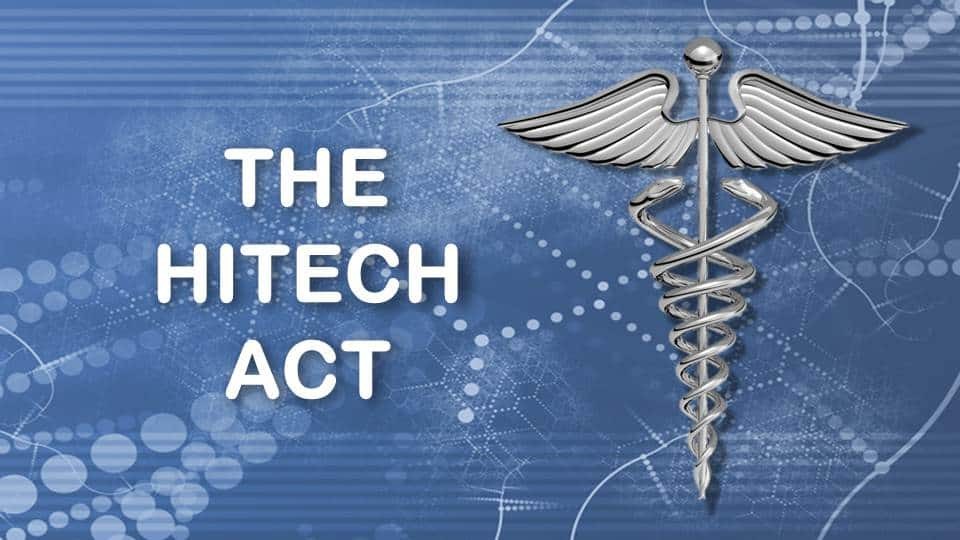
For those who weren’t around in the healthcare industry circa 2009-2016 HITECH was part of the ARRA stimulus package. The overriding goal was to use health IT to enable better health care quality, greater affordability, and improved health care outcomes for all Americans. Sound Familiar? These are still aspirational goals we’re striving to achieve.
“Those who cannot remember the past are condemned to repeat it.”
I’m a proponent of exploring the past to understand the future. April 2020 saw one of the biggest breaks in precedent we’ve seen where the federal government gave money directly to businesses without expecting something in return. That’s unlikely to continue with a new stimulus package, President Elect Biden lived through the last recovery and saw the programs that worked and those that did not. HITECH has stood the test of time by helping raise the ability for improved health outcomes across the nation. If we hadn’t invested in widespread electronic adoption of our health systems a decade ago we would have a far poorer response to the pandemic, far more fragmented, one that is far less centralized and cooperative.
If we hadn’t invested in widespread electronic adoption of our health systems a decade ago we would have a far poorer response to the pandemic
HITECH itself isn’t likely to see all the same capabilities revisited, when everyone is already on an electronic health record why would you incentivize them to adopt them again? However, quite a few of the programs with further efforts could drastically improve our capabilities to address pandemics and deliver high quality health. Hospitals are floundering as COVID19 patients are filling their halls and their normal margins and care models are thrown out the window. The government is likely to ask for specific capabilities to be demonstrated with a bailout. Many will probably mirror the agenda of the ONC with patient access (Information blocking), as a betting person I’d wager installing and applying machine learning, centralized reporting and enhanced screening will also be on the agenda.
I’d wager, patient access (Information blocking), installing and applying machine learning, centralized reporting and enhanced screening will be high on the next agenda.
Below are the original goals of the HITECH program if you don’t recognize the terms below it might be worth a few minutes to familiarize yourself with them. If you didn’t live through this wild time period you won’t remember that this redirection of attention and effort had great positive impact but also resulted in negative impact as well. Research in EHR’s frequently ground to a halt. We saw the EHR vendors consolidate to a handful of major players from a robust market as meeting government requirements and timelines proved too much for smaller players. Not every goal was achieved and we frequently saw quick shifts from one target to another. Overall though, we wouldn’t have been in the place we are in 2020 without this act and I suspect we will see something similar in the near future.
ONC Programs:
- Health Information Technology Extension Program/Regional Extension Centers (REC)
- State Health Information Exchange Cooperative Agreement Program
- Strategic Health IT Advanced Research (SHARP) Program
- Beacon Community Program
- Health IT Workforce Training Programs
- Community College Consortia to Educate HIT Professionals
- Program of Assistance for University Based Training
- Curriculum Development Centers
- Competency Exam for Individuals Completing Non-Degree Training Program
